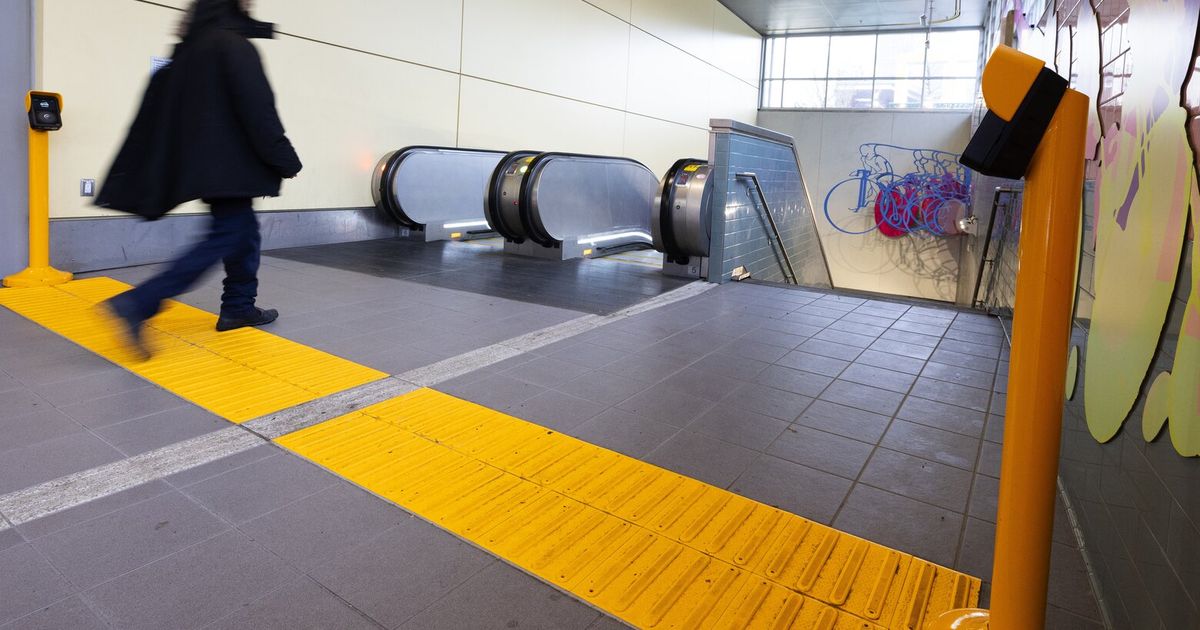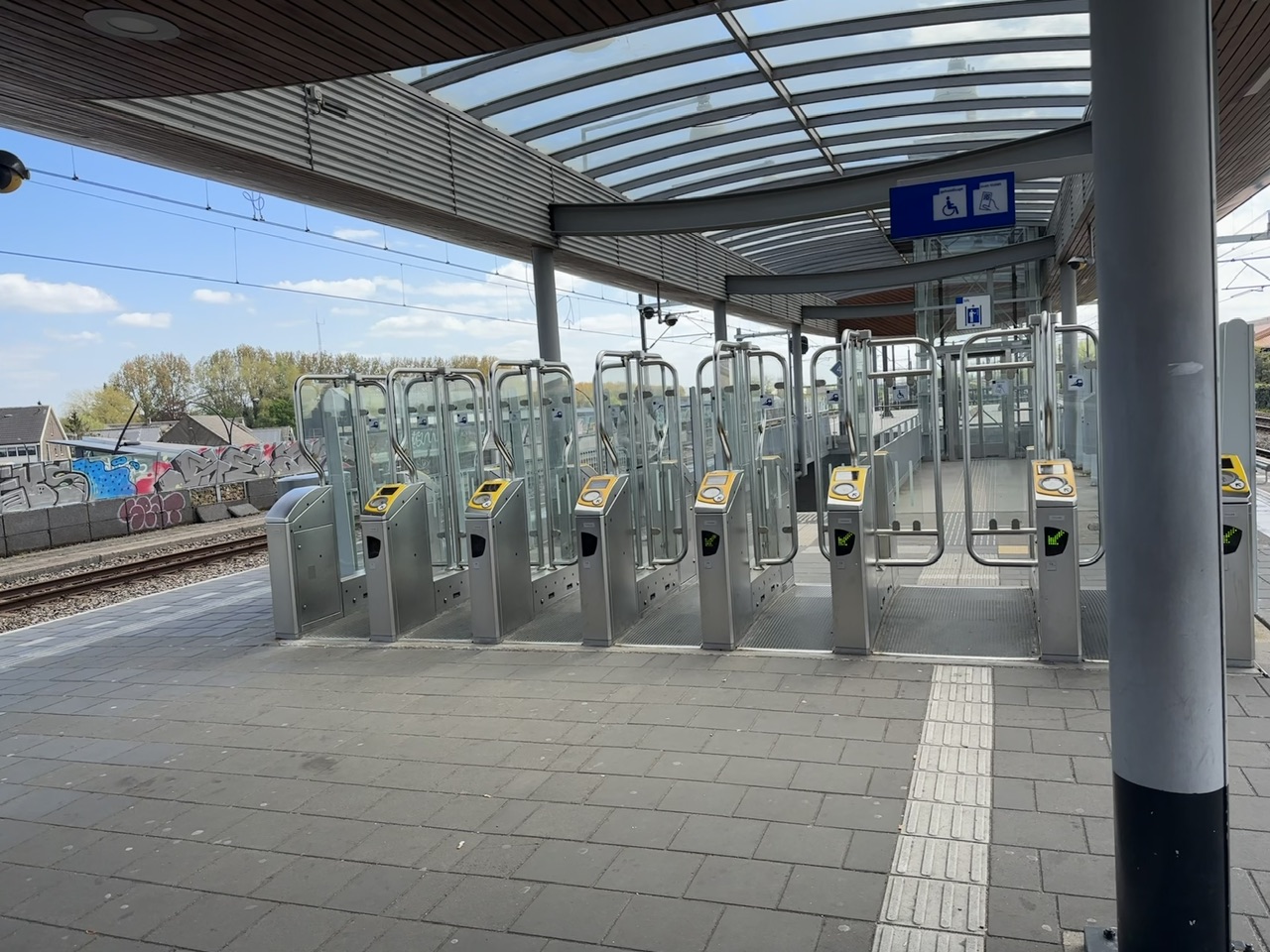buildings
Active Member
speaking of fare gates, San Francisco / Bay Area BART getting an relevant upgrade:
Tapping out at the exit is actually not a bad idea and would make it more difficult for fare evaders who I think also tend to be the cause of much of the social disorder and messes on transit .Those don't look easy to jump!
I hope this happens soon, ETS is losing millions in revenue to fare evaders annually. Fare gates will pay for themselves in about a decade, as they did in Vancouver.
On Christmas I did a walk through of Stadium Station. Fare gates would be very easy to install on the platform ends for the East platform. The West platform can be done nicely, but would require a polycarbonate wall or a metal fence for small portions of the open areas that would not be filled by the gates. I think Stadium would be the most difficult, and most costly station on the Capital Line to outfit with fare gates. I wouldn't be bothered if Stadium Station went without gates due to the crowd sizes that are experienced for football games, but most especially major events like The Grey Cup, CMNT, Concerts, etc. The underground stations will be very simple. I believe the placement of the ARC machines and validators is due to the ETS being predictive of a future fare gate implementation.
I'd be okay with people getting "trapped" once they reach any other station on the line. It makes for easy enforcement, and signage could be made appropriately clear that you must pay. Tapping out of a fare gate would also charge their card, so they wouldn't be actually trapped.
Regarding the Metro Line, fare gates aren't happening on the two Blatchford stations. They are essentially just big Valley Line stops. MacEwan and Royal Alex could both use them, however I think they'd require some rethinking of the ARC machine placements. It's probably not worth the hassle of the gates at Royal Alex, but I think consulting with the hospital would sway anyone. If the hospital staff would prefer it, do it.
Davies Station would be a good candidate for fare gates, along with the two elevated stations for VLW. None of the Valley Line "stops" are suitable. That's okay!
What I'd like to see is the subway stations all have fully functional fare gates, with the Park and Ride locations also having them to prevent irregular users from not paying during events (I think this happens a ton). NFC payment is a must before any fare gates are installed. The city should make it as easy as possible for infrequent users to tap their phone or card while paying the slightly higher cash fare of $3.50.
Below is a smart gate made by Vix. They are the the company behind ARC, so compatibility would be simple. I have zero doubts that these gates could be sourced and installed at a trial station in very little time, for very little money.
View attachment 530135


I read somewhere that Tim Cartmell had an unsolicited quote for $30 million.It seems entirely plausible that fare gates for the high floor system would be a 9-digit cost in today's market.
The problem I see with Century Park and Southgate. They seem like they would be easy stations to set up fare gates in, but, when you consider that the pedways are there for non-transit pedestrian use as well, suddenly it becomes a lot more challenging to configure fare gates, short of deciding to exclude pedestrians.All downtown stations Plus university and Clareview and possibly Belvedere and Health sciences and Southgate. That would be 10 stations at $2mil each? Century Park would be difficult because of the volume they would probably have to widen the pedway to accommodate the barriers.
For the casual user for someone is transiting from the transit centre they could use their ARC card and not be charged if they go right through. They could program it to give people time to go through without being charged.The problem I see with Century Park and Southgate. They seem like they would be easy stations to set up fare gates in, but, when you consider that the pedways are there for non-transit pedestrian use as well, suddenly it becomes a lot more challenging to configure fare gates, short of deciding to exclude pedestrians.
The problem I see with Century Park and Southgate. They seem like they would be easy stations to set up fare gates in, but, when you consider that the pedways are there for non-transit pedestrian use as well, suddenly it becomes a lot more challenging to configure fare gates, short of deciding to exclude pedestrians.




